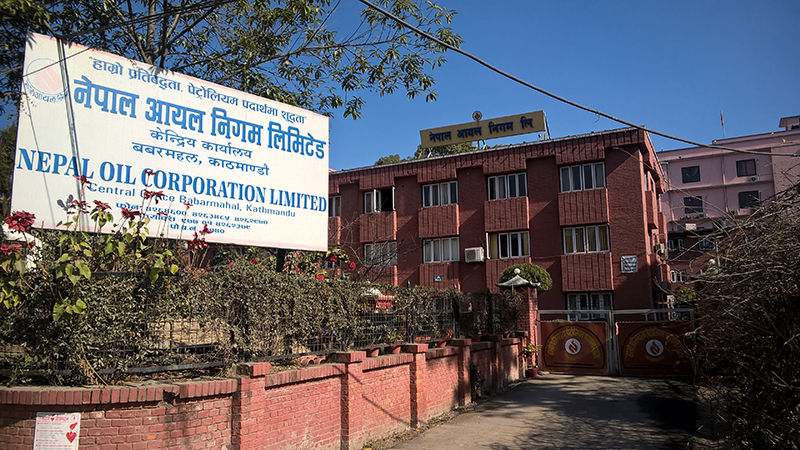Nepal-India cross-border oil pipeline project expedited
BARA: The Nepal-India cross-border oil pipeline project — Motihari-Amlekhgunj petroleum pipeline project, previously called Raxaul-Amlekhgunj oil project — has been expedited with the active participation of Indian Oil Corporation.
On the Nepali side, the pipes will be laid along the 36.2 kilometre route from Raxaul, the Indian border to Amlekhgunj via Birgunj Customs, Birgunj Bypass, Gandak, Parwanipur, Jitpur, Simara and Pathlaiya; on the Indian side, the pipes will be laid along the 32.7 km route from Motihari in eastern Champaran to Raxaul.
NOC, Simara-Bara project's Mechanical Engineer Sharad Paudel said, the pipes with 10.75 inch diametre and 8 mm thickness will be laid 25 metres away from the road and five feet below the ground. The pipes will run along the east side of the road from Raxaul to Gandak, while they will run along the west side for the remaining distance.
Meanwhile, the concerned agency of IOC has been supplying pipes manufactured by the Indian company, Jindal Pipes Ltd., and other machinery required for the pipeline project. Nepal Oil Corporation has been storing the imports for the project in the warehouse of Birgunj Sugar Mill.
Although majority of groundwork for the project has been completed, work relating to forest clearance is still pending. The Environmental Impact Assessment (EIA) of the pipeline project and the Ministry of Population and Environment (MoPE) will soon approve the document.
Once MoPE approves the document, Ministry of Forest and Soil Conservation will have to give the final nod to EIA, which will open the door for IOC to begin construction work, according to Engineer Paudel.
The Indian government will inject INR 3.5 billion into the project; the expenditure related data from the Nepali side has not been made public yet.
The Raxaul-Amlekhgunj oil pipeline was first proposed in 1996. However, the project edged closer to reality during Indian Prime Minister Narendra Modi’s visit to Kathmandu in 2014. The two countries had inked an agreement to construct the pipeline in August of 2015.






